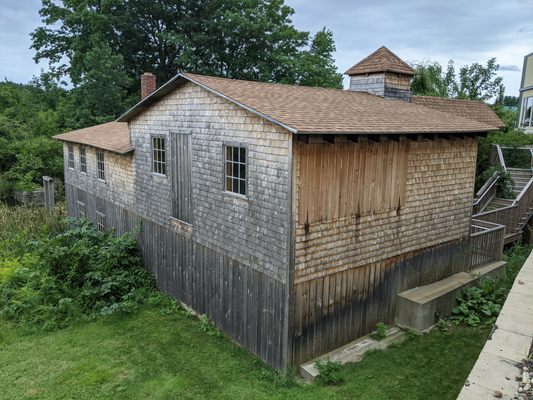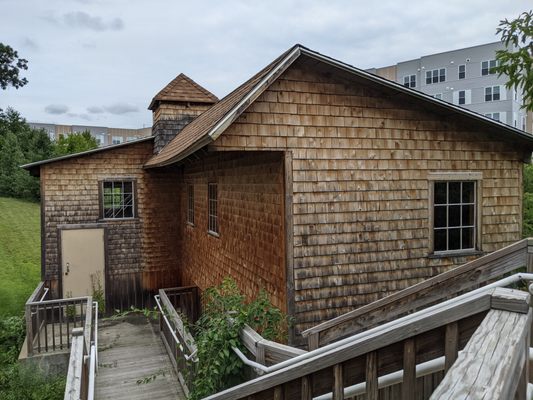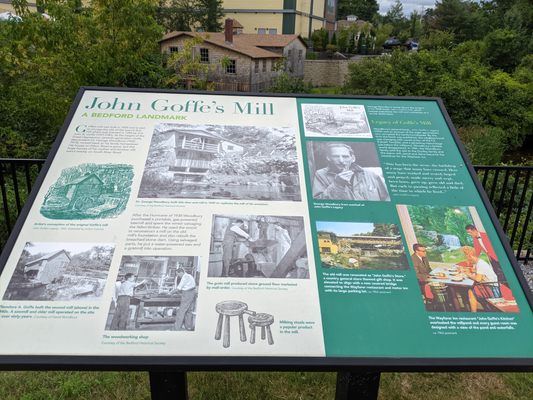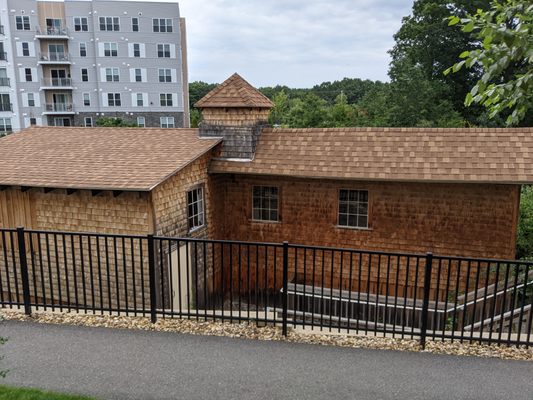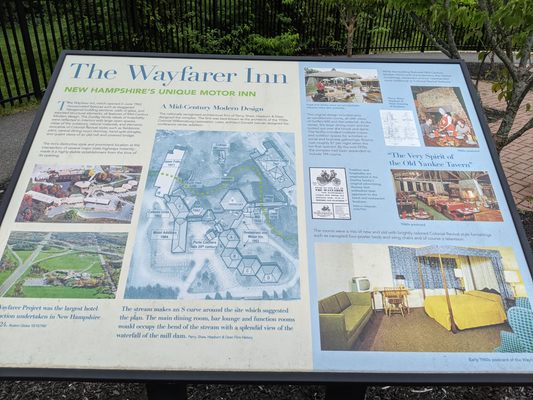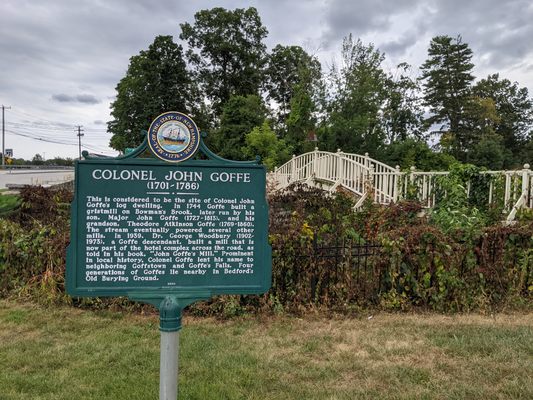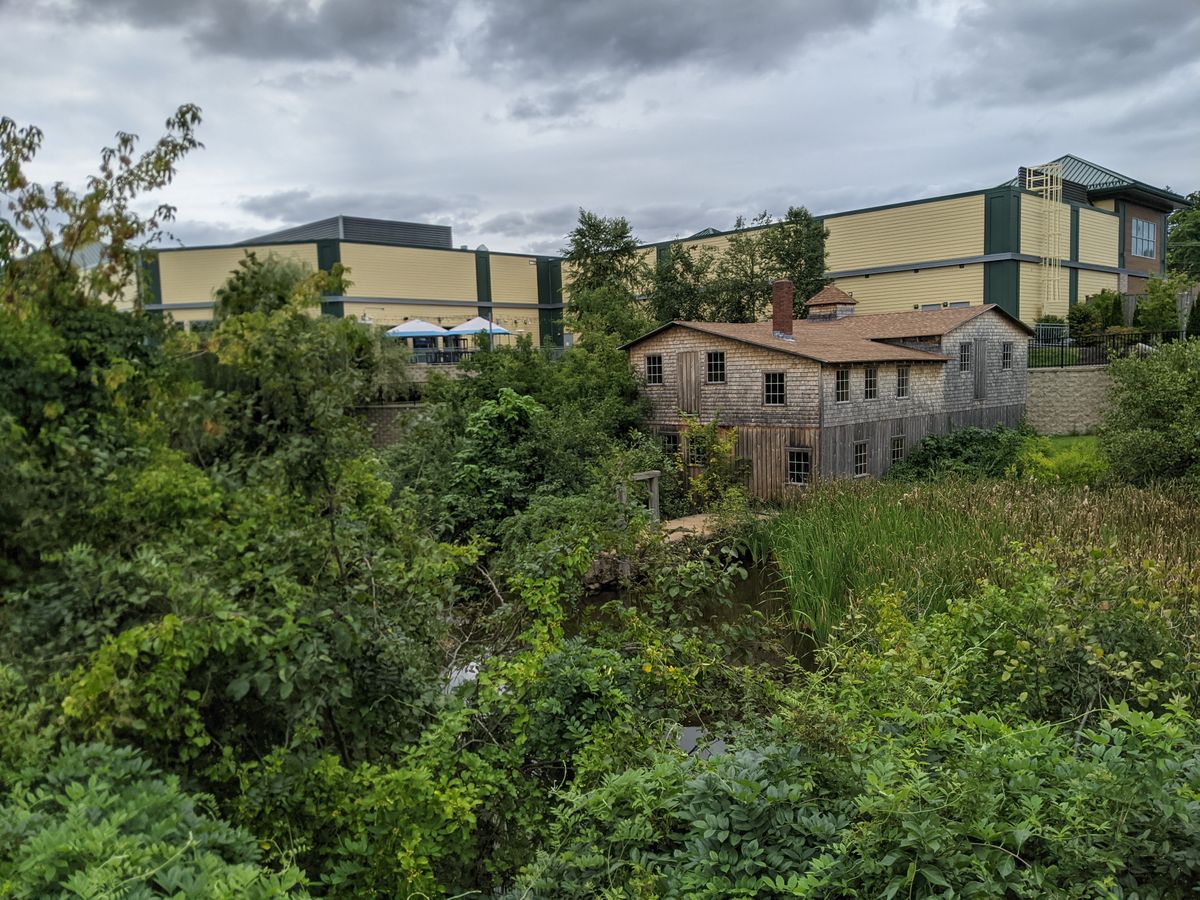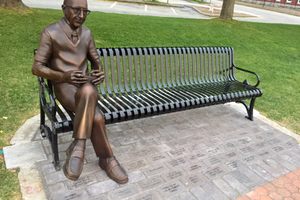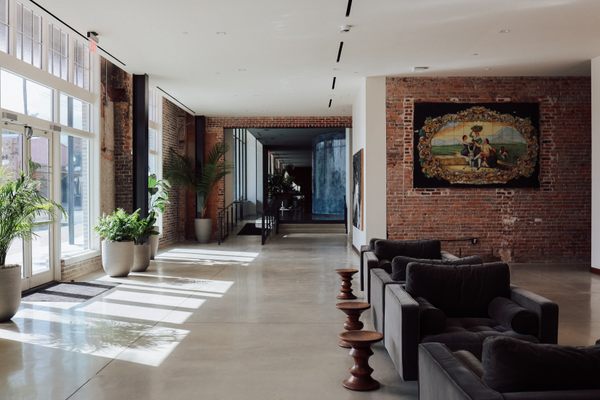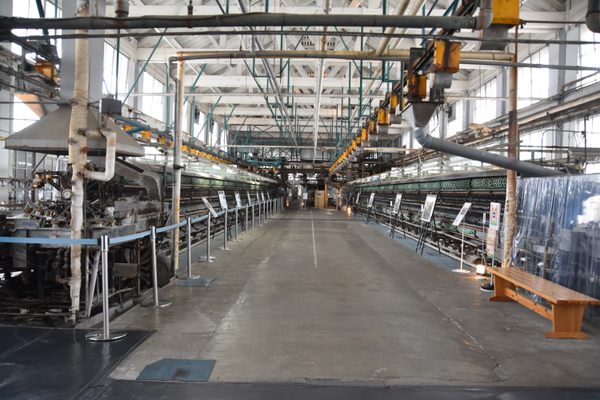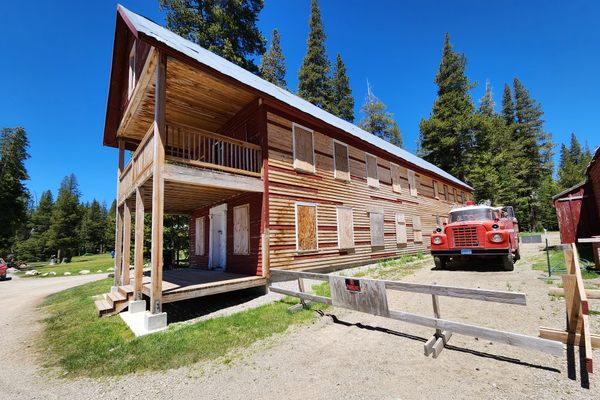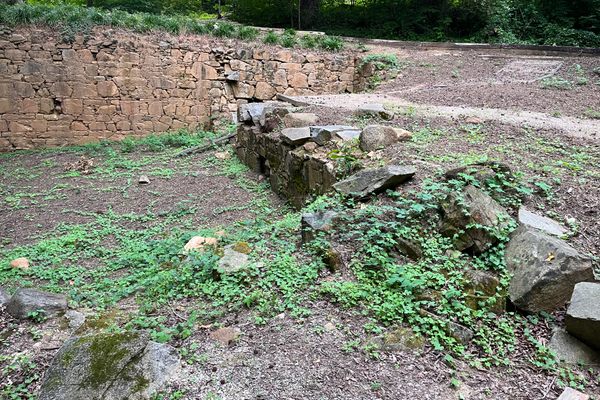About
Among the urban sprawl of South River Road in Bedford, you’ll find dozens and dozens of thriving businesses taking advantage of the area’s growing population and proximity to New Hampshire’s largest city, Manchester. But long before chain stores and boutiques populated the area, South River Road was home to the locally famous Wayfarer Hotel, the most iconic hotel and convention center in all of southern New Hampshire. But long before it was a hotel, South River Road boasted the rich heritage of the Goffe Family.
For those unaware, Bedford’s South River Road (U.S. Route 3) is intersected by Bowman Brook, which feeds into the nearby Merrimack River. Long an important feature to the area, the earliest recorded individual to reap the benefits of the brook was French and Indian War hero Col. John Goffe. Col. Goffe would open a gristmill on the site in 1744, but the aforementioned war would tear him away from maintaining it by 1754. After returning to Bedford a hero, Goffe did his best to operate the mill while juggling his many state legislature positions. Upon his death in 1786, Col. Goffe’s son, Major John Goffe, would continue keeping up the mill. So too would Major Goffe’s son, Theodore.
But what does any of this have to do with hotels? By the 1900s, the mill had fallen into disrepair, and a 1909 flood would severely damage the property so much so the land would be leased to the public soon thereafter. This looked to be the end of the Goffe mill legacy in Bedford until Dr. George Woodbury, a wealthy Manchester author and Goffe descendant, returned to the site in 1939 and purchased his ancestral property with the hopes of rebuilding the family mill. By the 1940s, Woodbury’s mill was fully operational and had become somewhat of a tourist attraction in the area thanks to Woodbury making and selling fine pinewood furniture on-site for customers passing by on U.S. Route 3. Likewise, Woodbury would publish “John Goffe’s Mill” in 1955, helping his mill gain further notoriety amongst curious readers around New England.
But still, what does this have to do with hotels? In 1961, Woodbury sold the mill and surrounding land to the Dudley Family, a family of real estate developers who dreamed of building a luxurious hotel on the beautiful site. Their dream would be realized by the mid-60s, and the Wayfarer Hotel would soon become a staple of southern New Hampshire’s personality. Hosting dozens of school proms, business meetings, and high-profile conventions, everyone in the area has some memory of attending a function on the campus.
But it wasn’t just Granite Staters who stopped by the Wayfarer. Every few years as the Presidential Primary season rolled around, politicians visiting New Hampshire (who holds the first primary) made the Wayfarer a must-stop destination on their campaign trail. Perhaps the most popular destination at the Wayfarer was John Goffe’s Kitchen, a restaurant that overlooked Woodbury’s picturesque mill where diners could soak in the intoxicating naturalism of New Hampshire’s country scenery. That’s right, Woodbury’s mill was not demolished in service of a hotel feature, it was a part of negotiations between the Woodbury and Dudley family that the mill was to remain untouched. Besides, with the fame the mill had amassed, what good would it do to tear it down?
In 2010, the Wayfarer closed its doors, and by 2015 was completely demolished, erasing an important part of local history. Apartments and supermarkets soon took the place of convention halls and hotel rooms. It seemed to be the end of the Goffe’s legacy on Bowman’s Brook, save for one small stipulation in the land’s sale. When the Wayfarer land was sold to new developers, another negotiation was made so as not to lay a finger on the Woodbury Mill. True to their word, the new developers would not only leave the Woodbury Mill intact but work with the Bedford Historical Society to erect several historical markers around Bowman Brook to educate passers-by on the site’s rich history.
Today, the mill still stands, albeit hidden away behind large commercial buildings. But if you know where to look, you can close your eyes, hear the water running, and step back in time.
Related Tags
Know Before You Go
The best spot to get a view of the mill is right behind FedEx. Park in the parking lot and there’s a walking trail that circles the brook if you want to read all the markers. Since the 1960s the mill has been unopened to the public, sadly.
Community Contributors
Added By
Published
September 24, 2021
